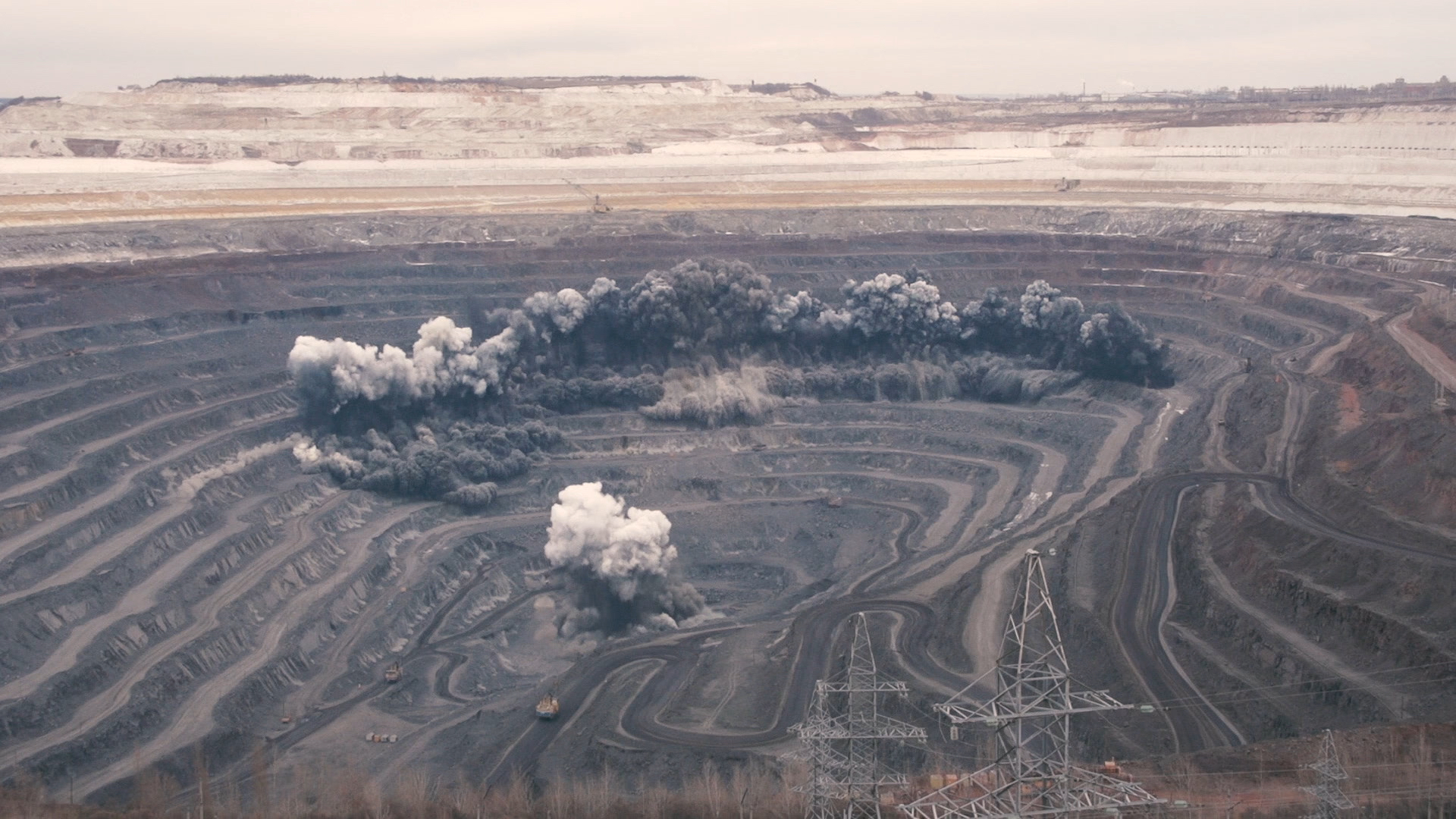Macarena Gómez-Barris, Where Memory Dwells: Culture and State Violence (Los Angeles and Berkeley: University of California Press, 2007); Macarena Gómez-Barris, The Extractive Zone: Social Ecologies and Decolonial Perspectives (Durham, NC: Duke University Press, 2017); and Macarena Gómez-Barris Beyond the Pink Tide: Art and Political Undercurrents in the Americas (Los Angeles and Berkeley: University of California Press, 2018).
See Trask’s book From a Native Daughter: Colonialism and Sovereignty in Hawai’i (Honolulu: University of Hawai’i Press, 1993). An April 2022 report by Stockholm International Peace Research Institute found that military expenditures globally had hit record levels, with the five largest spenders in 2021 being the United States, China, India, the UK and Russia. That year, global military expenditure hit $2.1 trillion. Stockholm International Peace Research Institute, “World military expenditure passes $2 trillion for first time,” April 25, 2022. See ®
In Where Memory Dwells, I discuss memory symbolics as art and expressive forms that enliven remembering and witnessing the past in fields of collective action.
See Kirsty Robertson, Tear Gas Epiphanies: Protest, Museums, Culture (Montreal: McGill–Queen’s University Press, 2019).
For an excellent analysis of the rise of petro cultures in the US and its imbrication in our current global petrol-based economy see Matt Huber, Lifeblood: Oil, Freedom, and the Forces of Capital (Minneapolis: University of Minnesota Press, 2013).
Eduardo Galeano, The Open Veins of Latin America: Five Centuries of the Pillage of a Continent, 25th Anniversary Edition, trans. Cedric Belfrage (New York: Monthly Review Press, 1997).
See Michael T. Klare, Resource Wars, the New Landscape of Global Conflict (New York: Holt Paperbacks, 2002), and my book The Extractive Zone.
See Greg Grandin’s, Fordlandia: The Rise and Fall of Henry Ford’s Forgotten Jungle City (New York: Metropolitan Books, 2009).
See my first book, Where Memory Dwells and Micol Seigel, “Nelson Rockefeller in Latin America: Global Currents of US Prison Growth,” Comparative American Studies 13, no. 3 (2015): 161-175.
See Marie Stokkenes Johansen, “The Bond Between Art and the Oil Industry,” Contemporary Art Stavanger Journal, January 29, 2021. See ®
See Simon Romero, “Coup? Not his Style. But Power? Oh, Yes,” New York Times, April 28, 2002. See ®
See Hakim Bishara, “Washing their Hands with our Blood: Activists on MoMA Trustee’s Dominican Republic Gold Mine,” Hyperallergic, June 6, 2021. See ®
I discuss this in depth in my book The Extractive Zone.
See Ruha Benjamin, Race After Techology: Abolitionist Tool for the New Jim Code (New York: Polity, 2019).
Veronica Gago, The Feminist International (New York: Verso Books, 2020).
See Tom Mashberg, “Lindemann Family Returns 33 Looted Artifacts to Cambodia,” New York Times, September 12, 2023. See ®.
This essay was originally commissioned by Strike MoMA as part of its mobilization efforts.
